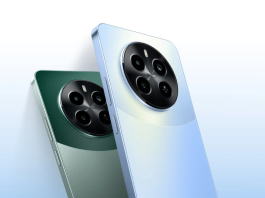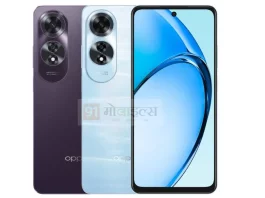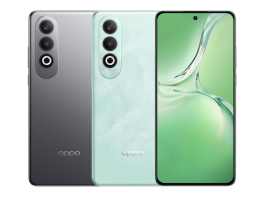Realme, the independent mobile phone brand of OPPO, announced a number of smartphones in 2018 like Realme 1, Realme 2 and Realme 2 Pro. These smartphones have clicked well with people living in Southeast Asia. Now, the latest release, Realme 3 is finally out. Let’s see what the phone has to offer in the mid-range segment.
Realme 3 Review Video
Contents of the box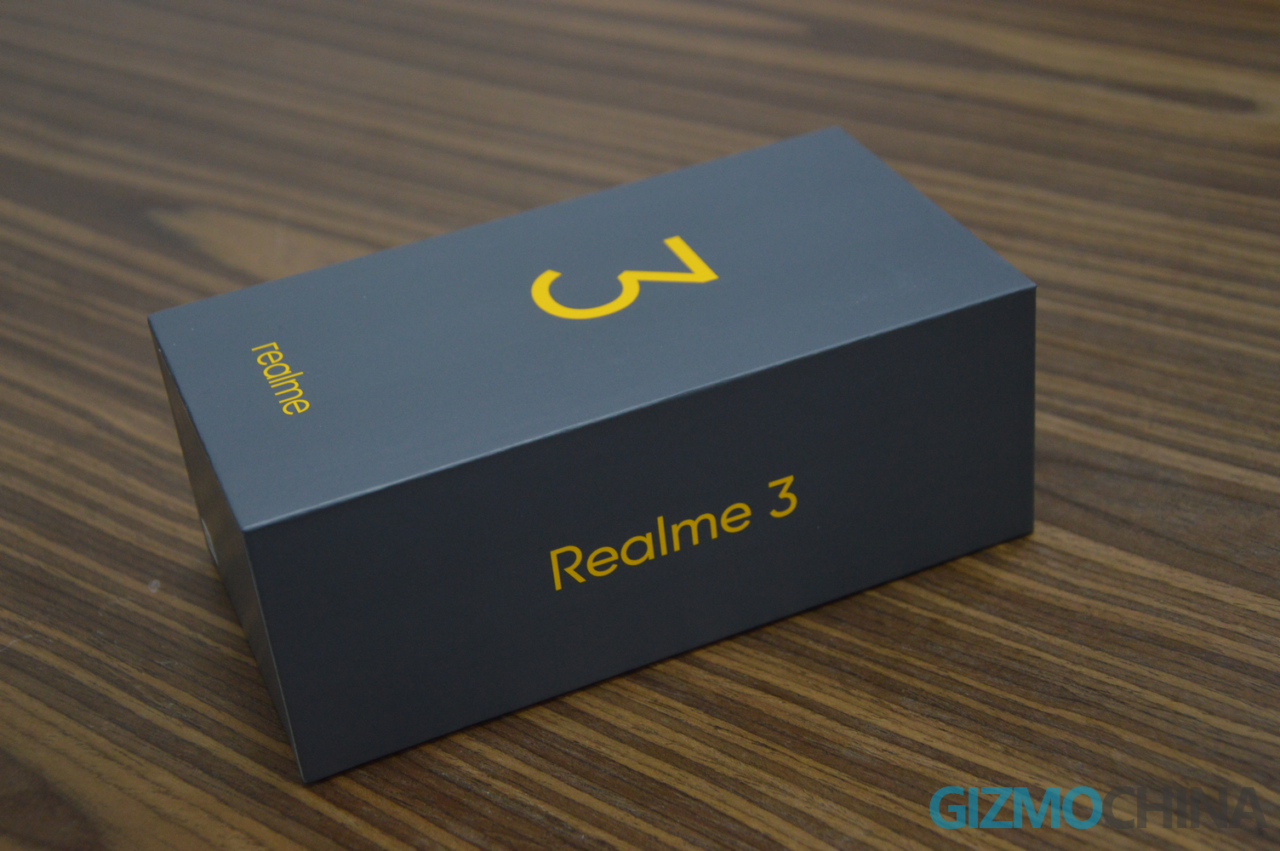
The phone ships with a charger, USB cable, SIM ejector pin, and a soft TPU case.
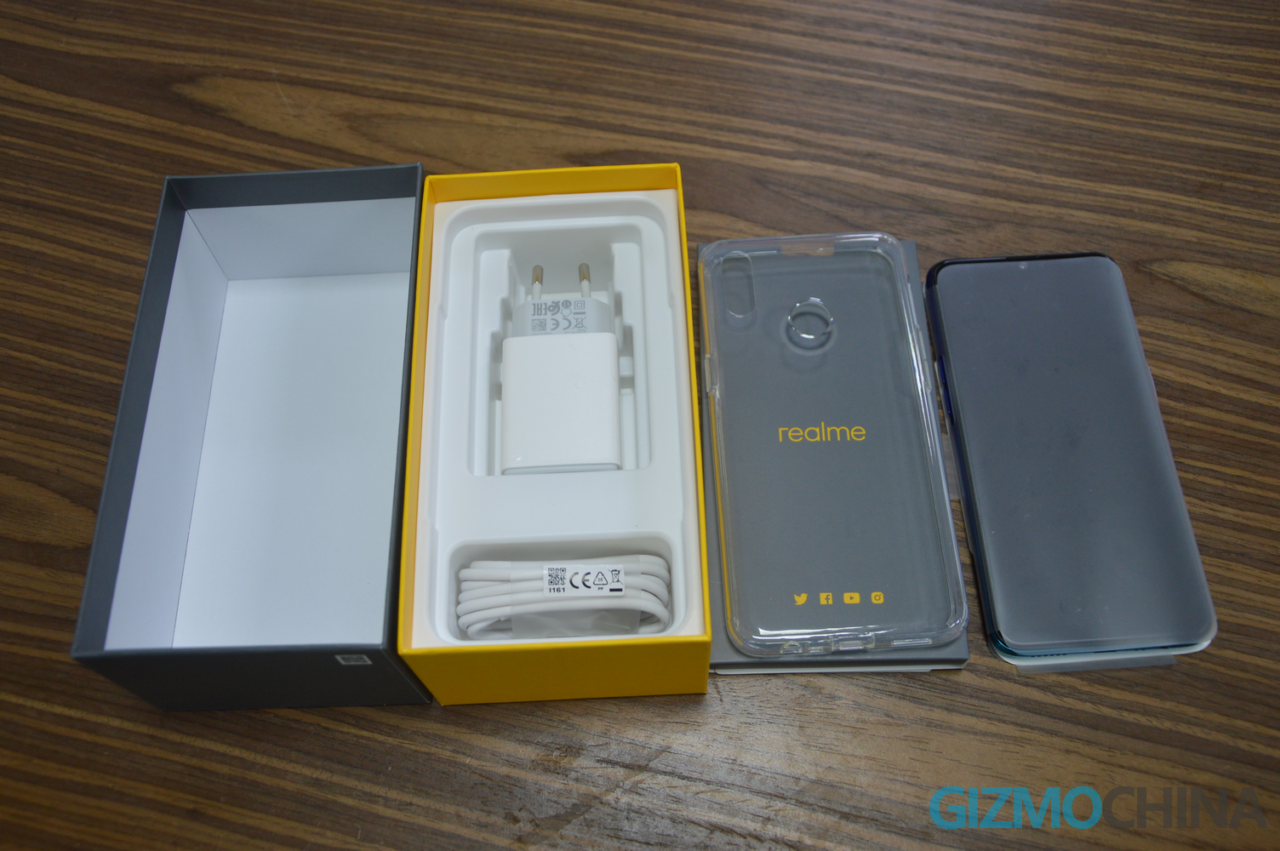
Realme 3 Design
The Realme 3 has adopted a unibody design which has a pleasant feel to touch. The back is made out of plastic but comes in a premium gradient finish. I have got the gradient blue variant for review and the transition from dark blue to light blue is seamless and natural.
On the back, Realme 3 ships with dual cameras and a flashlight set up vertically on the left top corner. On the left bottom corner, there’s the realme logo. The phone also comes with the fingerprint sensor on the back of the device. For me, I prefer a rear placed fingerprint scanner as the sensor’s placement is convenient for my index finger to touch. What’s more, the Realme 3 carries support for facial unlock too.
[envira-gallery id=”239534″]Like most smartphones, the handset’s speaker is placed at the bottom. The charging port and 3.5mm earphone jack are at the bottom as well. From left to the right lie the headphone jack, microphone, MicroUSB port, and speakers. I do like the fact that the phone ships with a 3.5mm earphone jack, as it gives me a choice to use Bluetooth earphones or a wired headset. For those who hate charging their Bluetooth headphones, a wired option is always a welcome addition
However, it is a pity that the box doesn’t come with headphones. But it is not surprising given that’s the standard these days. Unlike Vivo smartphones, OPPO places the volume buttons on the left edge side, where you also have a SIM card slot. The power button is placed on the right side.
[envira-gallery id=”239542″]
Realme 3 Display
Realme 3 comes with 6.22-inch of HD Full screen with Gorilla Glass 3, having the resolution of 720 x 1520 pixels. The display isn’t as sharp or detailed as higher-end models, but it does offer good colors and viewing angles. It comes with 19:9 aspect ratio, and offers a comfortable experience viewing the screen. So, most of you won’t miss a full HD display at its price.
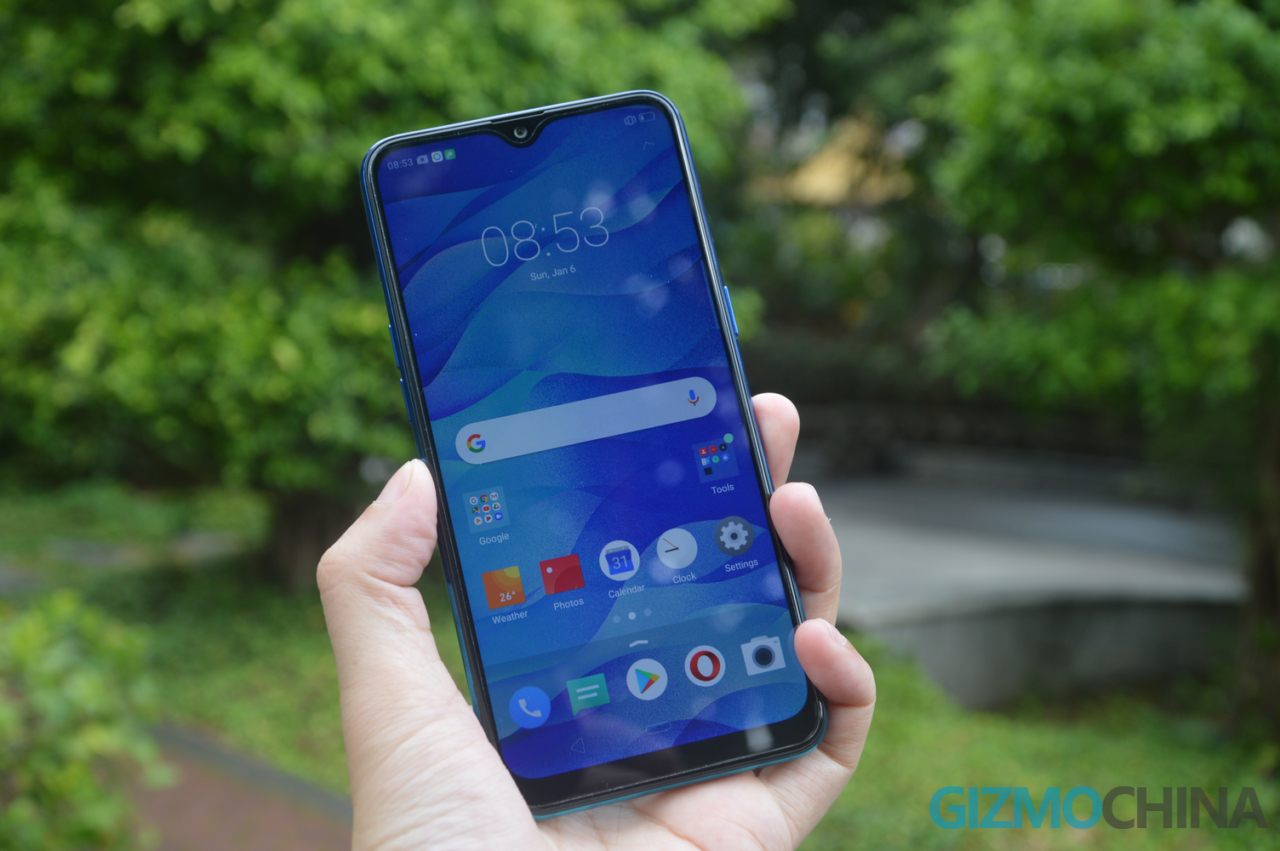
With the popularity of the notch rising, most smartphones have followed notched design liked the iPhone X, or went with a water drop notch. The Realme 3 adopts the water drop screen which is like the OPPO R17 Pro. Compared to the big notch, I prefer this screen better because it’s much more compact. But there’s one weakness with this type of display — there’s no notification LED light on the Realme 3.
Realme 3 Performance
Powered by the 12nm Helio P70 processor and Mali-G72 MP3 GPU, the phone comes with 4GB RAM and 64GB internal storage. What’s great is that you can further expand this storage via MicroSD. The Helio P70 chipset, which performs close to Qualcomm Snapdragon 660 processor, ensures the Realme 3 is smooth and stable. You won’t find any visible lags or issues in performance, all thanks to this chipset.
Realme 3 could be described as a middle-range smartphone and the benchmark scores reflect this. It scores around 130,500 on the AnTuTu benchmark. The benchmark scores of most SD660 smartphones are about 130K, so the Realme 3 can be considered as good as an SD660 phone. In everyday use, launching applications and running tasks work well. Everything is smooth and quick. The 4GB of RAM is enough for daily use. I often launched several applications one by one, and everything was stable. As a budget handset, the 64GB of internal storage is fine with the external storage expansion option.
[envira-gallery id=”239546″]
CAMERA
The Realme 3 is equipped with 13MP+2MP AI dual rear cameras with f/1.8 aperture and a 13MP selfie camera with f/2.0 up front. There’re plenty of camera modes on the device but I still use prefer to stick to the auto mode as usual. The main reason being, the photos in auto mode looks sharp and detailed enough. With object recognition, the camera does a pretty good job of analyzing the subject and tweaking the great color balance accordingly. If you want to change the image’s style, you can always go for a filter.
[envira-gallery id=”239475″]What’s more, Realme 3 features two new special modes that are marketed on the phone —Chroma Boost mode and Nightscape mode. Chroma Boost is the advanced version of HDR mode that makes the image more colorful. If you think the colors of the images taken by normal mode or HDR mode are darker than they should be, you could select the Chroma Boost to take a shot. Take a look at the comparison, the third image is brighter than the other pictures on the whole. However, the image taken by Chroma Boost is not as detailed as the image taken by HDR mode. I also took the picture with Chroma Boost + HDR mode to compare, and that turned out to be the best image of the lot. As the image is not overexposed, the details come out better than other modes.
[envira-gallery id=”239454″]The following images are shot separately at 1x, 2x and 4x zoom. Focusing on the four words in the image, as a whole, the performance is not bad, however the photo did come out a bit blurred.
[envira-gallery id=”239483″]The following images were shot in sunny daytime. As you can see, the pictures look great and show excellent details and focus at a close range. The background blur is pretty decent too. Also, the color balance is good. If you are going to take a picture on a sunny day, you might have to adjust the brightness in the viewfinder in order to avoid overexposure. But in general, the auto mode does pretty well on most occasions.
Take a look at the samples down below.
[envira-gallery id=”239490″]Selfies look nice too, and they are sharp and detailed. The front-facing camera is amazing, the following images are taken separately at natural mode, smoothen mode and portrait mode respectively. Compared to the first photo, dark circles and the skin blemishes were eliminated in the second photo. As the name suggests, smoothen mode really makes my face skin smooth, even the scar beside my lips is fading. The object in focus stands out quite nicely from the background, giving it more prominence.
However, among these three modes, personally, I like the smoothen mode that makes me look like I am wearing foundation to cover the blemishes on my face. The portrait mode is good but I’m not used to giving more prominence to my face when I take a selfie. In the front-facing camera department, the performance of Realme 3 is similar to Redmi Note 7 in my view.
[envira-gallery id=”239498″]The following photo was shot indoors (daytime).
[envira-gallery id=”239506″]The following one is shot indoors in the evening. After zooming in, you notice that the photo isn’t really sharp. But in general, on the small screen, it looks pretty decent.
[envira-gallery id=”239509″]The following photos were taken outdoors at night. The low-light image quality is not bad but there’s definitely room for improvement. Also, the exposure is not handled very well. For example, in the image below, the signboard lights are barely visible. In fact, Honor 8X night camera samples turned out to be better than Realme 3.
[envira-gallery id=”239512″]The new feature on the Realme 3 is the Nightscape mode. Realme was excited to point out that its the first budget phone to feature hand-held night mode. But personally, I feel it needs a bit more work. You need to wait for at least five seconds after tapping the screen for the capture to complete. Personally, I found it hard to get a good blur-free shot in this mode.
However, if you can keep your hands steady, its definitely a must-have feature. Since the overall brightness is turned up, details can be seen in low light. You do lose a bit of color, with the addition of a little bit of noise, but on most occasions, you’d be happy with the result. It definitely gives this phone an edge over its budget competitors.
I find HDR mode pretty great too as the exposure is balanced. However, the images from the Chroma Boost mode were a bit overexposed.
[envira-gallery id=”239611″] [envira-gallery id=”239620″]
SOFTWARE
The Realme 3 is running on ColorOS 6.0 version on top of Android 9 Pie, which is different from the Realme 2 model that runs ColorOS based on Android 8.1.0 Oreo. The user interface of Realme 3 is close to the Oneplus 6T. For example, go to the application page with all apps just through swiping up the screen from the grey line with the white arrow pointing upward. There is a transparent tool which is set on the right side of the screen edge, which offers you to choose between Quick Tools and Quick Apps. It is a terrific tool for me. For example, when I’m traveling and I grab the handrail with my left hand, I can use this feature to easily select the application I want to use. Sliding the screen down brings the Notification Center and the simple setup center. The phone is definitely easy to use, even with one hand.
[envira-gallery id=”239517″]
BATTERY
The Realme 3 is equipped with a large 4230 mAh battery, and it takes around 3 hours to charge from zero to full. Actually, I think the charging time is too long, but the low power consumption and large battery capacity serves me well. Battery life on this phone is quite good — no issues for daily use. You can easily go on for 1.5-2 days of moderate usage with its huge battery. It’s definitely a plus point for people who hate carrying a power bank or charger with them.
But if you compare, the Redmi Note 7 takes only around 125 minutes to charge from zero to full. Its fast charging version with 18W takes only about 103 minutes! So, despite its huge battery, 3 hours is quite long to charge completely.
CONCLUSION
The Realme 3 is priced at Rs. 8,999 ($127.00) for 3GB+32GB and Rs. 10,999 ($155.23) for 4GB+64GB. For this price, the phone offers a lot of value!
Personally, Realme 3 has offered much more than what I was expecting. I love the design, lightweight body, great overall performance, and the cameras. I also love the fact that holding the handset in one hand is comfortable enough. The camera is also not bad, especially considering its price. Daylight photos are sharp and colorful. Also, nightscape, when used appropriately, makes a big difference in night time photography.
But I do wish that charging wasn’t this slow. But at least the huge battery won’t have me looking for my charger often! Also, I might be probably asking too much when I say I would have been happier with an FHD display.
Hopefully, these two drawbacks of Realme 3 can be improved in the next generation Realme 3 Pro, which will be released in April.
By the way, Gizmochina is giving away 1 unit of the Realme 3 as a giveaway gift to one lucky reader. You can click here to get a chance to win this amazing phone!

